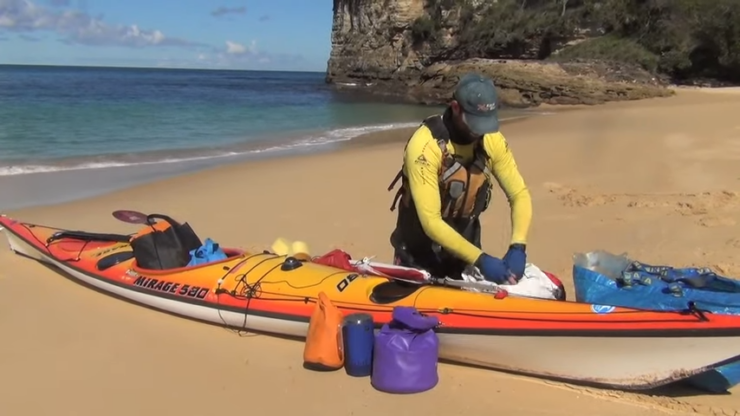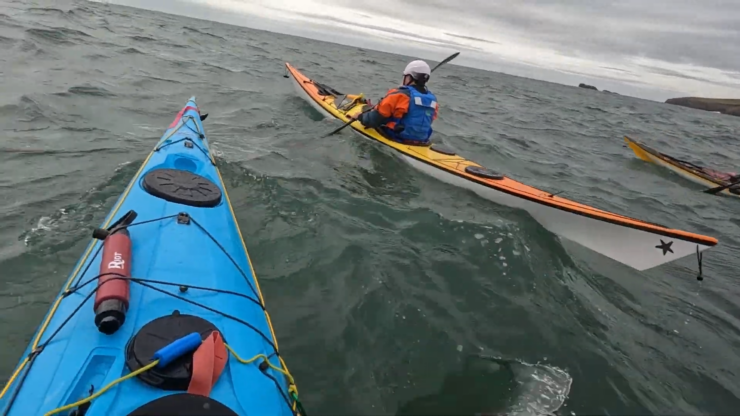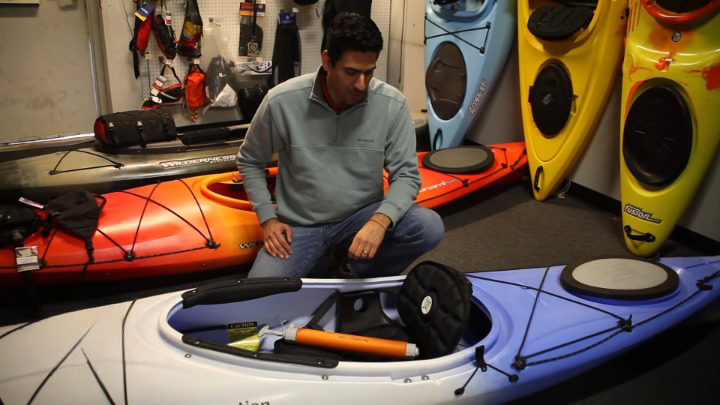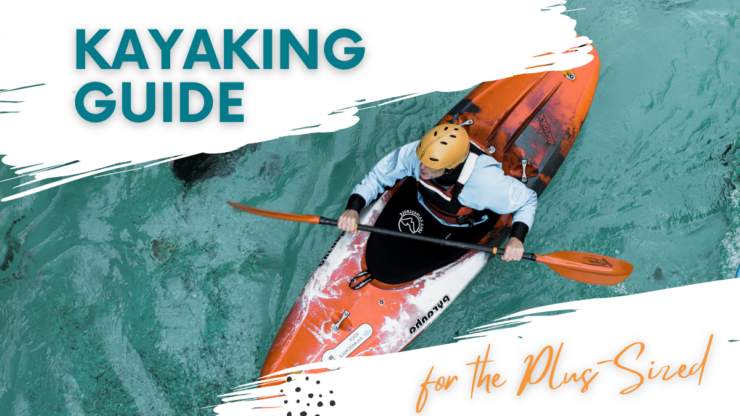Inclusion and body positivity matter in the modern world and everyone should get an equal chance to participate in various different activities. The fact that somebody is plus-size does not mean that they should be banned or limited from taking part. Not everyone who is “fatter” than what is average, normal, or not looked at as problematic has a choice.
It is not always about overeating and not leading a happy life. Sometimes, it can be a disease or a disorder too, which is why marginalization and exclusion have no place in the modern world.
All of this is very important for our topic here today as we talk about kayaking, something that has been around for thousands of years and that numerous people of different physiques have been doing. However, we must also remain objective and talk about the facts here.
People who weigh more need to know that there are certain limitations of kayaks that cannot be overlooked. For the sake of safety as well as pleasure and comfort, there needs to be somewhat of a different approach to kayaking for the plus-sized.
Understanding the Vessel’s Limitations

The main reason why the weight matters is simple: every kayak has a maximum amount of weight it can hold without experiencing issues. This is something that is referred to as the maximum load capacity. It is the number of pounds that a kayak can keep up with and still optimally float and get you to where you want to paddle.
Now, this load capacity should really be looked at as the maximum weight limit, or the weight a kayak can hold without sinking. Certain manufacturers also give a performance weight limit, which is the amount the kayak can carry and still perform in an optimal manner without issues.
Most kayakers do not go over this limit because it becomes increasingly more difficult to paddle the more you go from performance weight limit to max weight limit.
Of course, there are many different kayak sizes and types. Some have impressive load capacities and can carry the biggest of people and plenty of equipment on top of it. However, there are also those that are speedy and narrow, meant for nimble maneuvers and overall quickness that do not allow a lot of weight.
As a plus-size person, you should definitely aim for a kayak that can hold a lot of weight, especially if you are an experienced fisherman who always brings crates, coolers, and bags full of gear.
Calculating the Ideal Load Capacity

Taking into account your weight, you should try to determine the load capacity of your kayak the best you can prior to buying it. And especially before using it for the first time. For example, let us say you weigh 300 pounds and you have some 30 pounds of gear with you.
What this means is your kayak should have a performance weight of at least 330 pounds. With these numbers, the maximum weight capacity of the kayak you get should then be around 507 pounds at least. This is why it is so important for people who are plus-sized to have an understanding of how kayaks work. It is not a matter of whether they can fit inside a kayak but what type of kayak they need in order for it to be comfortable and optimal.
What Gear to Bring
One mistake that many kayakers make in order to meet the performance weight of their fully rigged kayaks is sacrificing important equipment they absolutely need. It is always more important to bring everything and be safe than try to fit inside a smaller and less capable vessel.
Gear that you need to bring falls into one of three categories, kayak accessories, safety gear, and other supplies. There are certain items in all three that you always need no matter who you are, how much you weigh, and where you are kayaking. These are the essentials that should always be part of your loadout because they serve very important functions.
Regarding the accessories, you need a paddle, a frame seat, bungee cords, straps, mounts, dry bags, scupper plugs, and a locking system. Safety gear is the most important and it should include a PFD (personal floatation device, i.e. life vest), waterproof gear, spare set of clothes, first aid kit, a spare (foldable) paddle, tow rope, whistle, float bags, and flashlight or flares.
Finally, other supplies typically include cameras, GPS devices, fish finders, mugs and cups, coolers, food, and beverages. All of this is essential and it does not even include any fishing equipment. If you need more, a bigger kayak is in order, and not leaving some of these items behind.
Picking the Right Kayak

Last but not least, we want to guide you in picking the right kayak out of the many options that exist on the market. When it comes to recreational kayaks, their average weight limit ranges between 250 and 350 pounds. This means that you cannot bring a lot of stuff if you weigh around 200 pounds, let alone closer to 300.
Touring kayaks are more capable as they are meant for longer stings on the water. They are great for multi-day adventures and have max weight limits of anywhere between 300 and 350 pounds. Again, they are not the ideal choice if your own weight is around 250 pounds. Which leaves only one choice.
Fishing kayaks are by far the best option for any plus-size wannabe kayaker regardless of why they want to start their paddling career. Angler or not, their weight limit will allow you to bring all the gear you may need without impacting their amazing load capacity.
Most fishing kayaks can carry between 350 and as much as 600 pounds, meaning you get some 350 pounds of extra room for gear on top of your 250 pounds. Basically, this is all you need to focus on when shopping for your next kayak. Make sure it is a bigger fishing model, stable and comfy enough with plenty of room for your gear.
Adelaide Gentry, a seasoned kayaking enthusiast and expert, is the driving force behind KayakPaddling.net. With over a decade of experience navigating the world’s most challenging waterways, Adelaide combines her passion for adventure with a deep knowledge of kayaking to provide insightful and practical guidance for paddlers of all levels.
Related Posts:
- Heavy Duty Fishing: 11 Best Rods And Reels For Big Fish 2024
- 10 Best Kayaks For Fat & Heavy People 2024 - For…
- 16 Best Kayak For Beginners 2024 - Kayaking Adventure Gear
- 10 Best Inflatable Kayak 2024 - Rivers, Lakes & Open Seas
- 10 Best Saltwater Fishing Boats - Ultimate Angling Adventure
- 12 Best Kayak GPS 2024 - Find Your Way to Adventure












